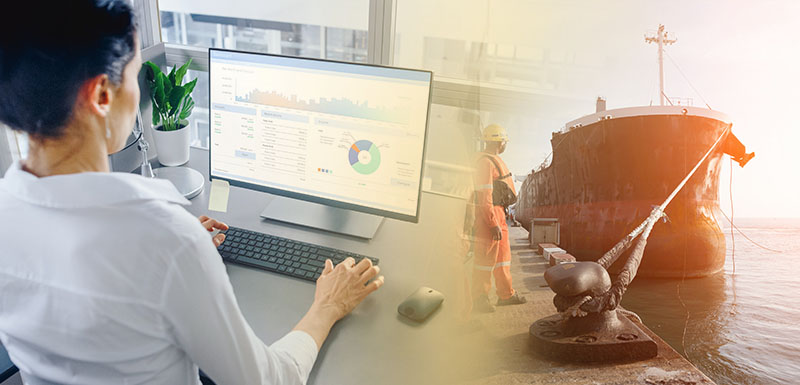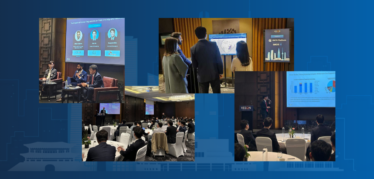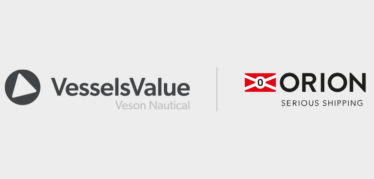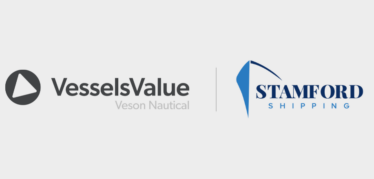Building off our previous post, today we will talk about how the workflows of our four key stakeholders on the Tonnage Charterer side of the contract are deeply interwoven.
While each of these stakeholders have their own unique set of needs, responsibilities, and challenges, all are working toward a common goal. Their workflows are intertwined at multiple points along each stage of the marine supply chain. To move bulk commodities around the world in an efficient and cost-effective manner, the stakeholders must work together to share critical information and insights that allow them to make better-informed and more timely business decisions. In short, elevating connectivity between these stakeholders will, in turn, elevate each individual’s ability to perform optimally – from pre-fixture through post-voyage.
To demonstrate the interconnected workflows of Production Planners, Marine Logistics Professionals, Berth Operators, and VPs of Supply Chain, we will take a look at how a single event at sea can impact each stakeholder.
Let’s say a storm arises that forces a voyage to re-route, delaying its original ETA.
Voyage Planning & Nomination
The success of the Production Planner relies heavily upon the ability to communicate business needs to the Marine Logistics Professional in an efficient and effective manner. As such, it is the responsibility of this individual to gain the latest insight into ETAs, costs, and other factors that impact marine transport in order to remain aligned with the rest of the business and ensure key requirements are met. In our storm scenario, the Production Planner would need to account for changes to the ETA by adjusting internal expectations and, depending on the extent of the delay, finding new ways to manage required inputs and outputs.
The workflow of the Marine Logistics Professional is closely intertwined with that of the Production Planner. This individual utilizes the requirements specified by the Production Planner to move cargo via owned/managed tonnage, existing freight contracts, or spot availability. The individuals in both roles must communicate with each other regularly in order to maintain visibility into and control over the optimized movement of specific product lines or commodities.
Cargo Operations
The Marine Logistics Professional is responsible also for the execution of marine contracts after the complex nomination process is complete. They must maintain visibility into the contract throughout the voyage with up-to-date information on ETAs, weather, and other events that might affect costs or timelines. This requires the Marine Logistics Professional to communicate and coordinate with the Berth Operator, who is responsible for both berth scheduling and port/berth activities.
Both roles are concerned with understanding the downstream impact of every business decision and maintaining communications with a wide array of stakeholders. In the case of our storm, the Berth Operator must act quickly by adjusting berth schedules appropriately, understanding that the vessel will arrive later than planned. This might require slotting in new arrivals or freeing up the original berth for an extended period so that it can still accommodate the vessel when it arrives. The Marine Logistics Professional must then communicate the delay to the stakeholders on either side of the marine contract and account for the cost impact of the delay.
Connecting the Marine Modality with the Broader Supply Chain
The VP of Supply Chain is a logistics leader focused on cost reduction and optimization for not only the marine modality, but all modalities across the global supply chain. The poor visibility that too often besets the seaborne portion of the supply chain in particular poses an impediment to overall supply chain effectiveness. This requires the VP of Supply Chain to identify core marine modality KPIs and implement systems to improve visibility and control into the seaborne portion of the supply chain. Thus, when the VP of Supply Chain is notified about our storm delay, they must assess the performance of the seaborne portion of the supply chain. This could include identifying, then addressing the root cause of any repeated delays in a systematic manner.
Seamless Integration with the Veson IMOS Platform (VIP)
The Veson IMOS Platform (VIP) empowers each of these diverse stakeholders with the data and tools they need to make more informed decisions, faster than ever before. With VIP…
- Everything and everyone are connected, and all stakeholders have access to the insights they need as they unfold in real time.
- Routine tasks are automated as data moves seamlessly through the entire workflow.
- Stakeholders can communicate with one another more efficiently and effectively than ever before.
- The enterprise has the intelligence needed to assess performance and improve.
- And, since the solution is integrated with external systems, stakeholders across the deal chain are informed as well.
To discover how VIP can empower the many users in your business, watch our Many Users, One Platform webinar on-demand by registering at the link below.



 Hongbeom Park
Hongbeom Park
 Sam Chambers
Sam Chambers
 You Ren Loh
You Ren Loh